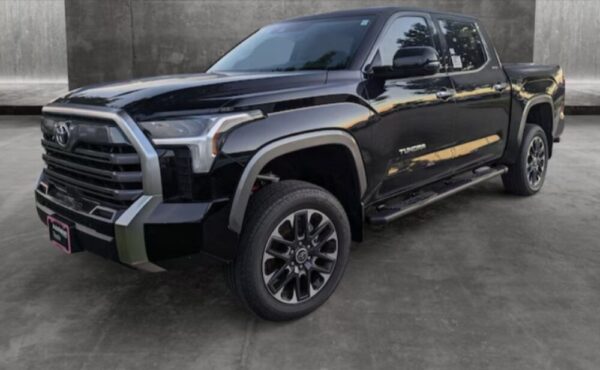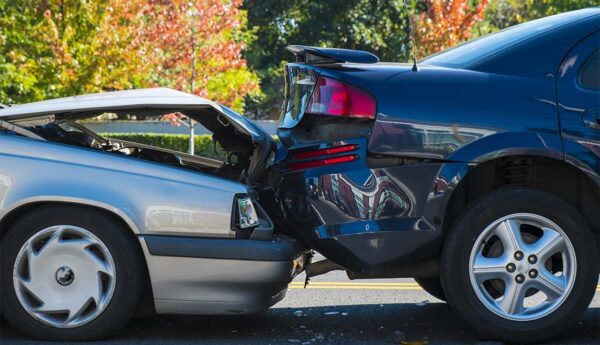From its humble beginnings to its current status as an automotive icon, the Mazda MX-5 has undergone a remarkable evolution over the decades. Since its debut in 1989, the MX-5 has captured the hearts of driving enthusiasts worldwide with its lightweight design, balanced handling, and timeless styling. Let’s take a journey through the evolution of this beloved roadster, from its inception to the cutting-edge 2024 model unveiled at the Japan Mobility Show.
1989 – First Generation:
The MX-5 made its debut in 1989, reviving the spirit of classic British roadsters with its simple yet elegant design. Inspired by iconic sports cars of the 1960s, the first-generation MX-5 featured a lightweight chassis, rear-wheel drive, and front-engine layout. Powered by a spirited inline-four engine, it delivered an exhilarating driving experience that harkened back to a bygone era. With its responsive handling and open-top driving experience, the first-gen MX-5 quickly became a favourite among driving enthusiasts around the world.
1998 – Second Generation:
Building on the success of its predecessor, the second-generation MX-5 arrived in 1998 with refined styling and improved performance. With updates to the suspension and chassis, along with the introduction of more powerful engine options, the second-gen MX-5 cemented its status as a modern classic. It retained the timeless design elements of the original while offering a more comfortable and refined driving experience. Whether cruising along winding roads or tackling a twisty track, the second-gen MX-5 delivered pure driving pleasure with every mile.
2005 – Third Generation:
In 2005, Mazda introduced the third-generation MX-5, marking a new chapter in the car’s evolution. With a sleeker design and enhanced safety features, the third-gen MX-5 appealed to a wider range of drivers while staying true to its roots. Under the hood, it offered improved performance and efficiency, thanks to the introduction of advanced engine technologies. With its responsive handling and driver-focused cockpit, the third-gen MX-5 continued to uphold the legacy of its predecessors while embracing modern advancements in automotive engineering.
2015 – Fourth Generation:
The fourth-generation MX-5, introduced in 2015, marked a return to the car’s lightweight, driver-focused roots. With a sharper design, reduced weight, and more responsive handling, the fourth-gen MX-5 redefined what it meant to be a modern sports car. It embraced Mazda’s “gram strategy,” which focused on reducing weight wherever possible to improve performance and efficiency. With its nimble handling and pure driving experience, the fourth-gen MX-5 earned praise from enthusiasts and critics alike, solidifying its status as one of the best sports cars on the market.
2024 – Fifth Generation:
Fast forward to the present day, and Mazda has once again raised the bar with the fifth-generation MX-5. Unveiled at the Japan Mobility Show, the 2024 MX-5 boasts a host of upgrades that push the boundaries of automotive innovation. From its fresh LED headlights to its larger touchscreen display and enhanced driving dynamics, the 2024 MX-5 is the culmination of decades of engineering excellence. With its continued commitment to lightweight construction, balanced handling, and timeless design, the 2024 MX-5 carries on the legacy of its predecessors while setting new standards for performance and driving pleasure.
Conclusion:
As the Mazda MX-5 continues to evolve with each new generation, one thing remains constant – its unwavering dedication to delivering the ultimate driving experience. From its inception in 1989 to the cutting-edge 2024 model, the MX-5 has remained true to its roots as a lightweight, agile, and driver-focused sports car. With each iteration, it continues to capture the hearts and imaginations of car enthusiasts around the world, solidifying its place as a true automotive legend. And for MX-5 enthusiasts looking to enhance their driving experience, MX5 Parts offers a wide range of aftermarket upgrades and accessories.



